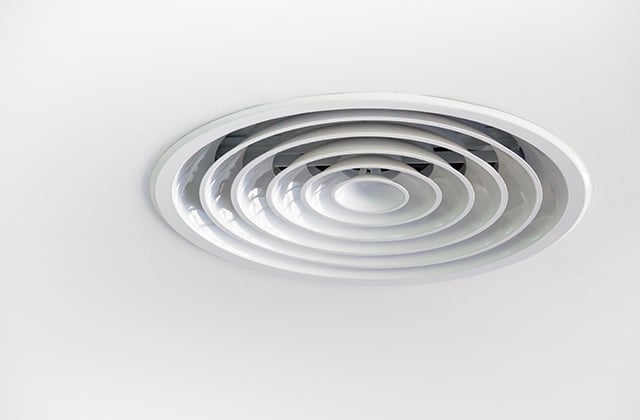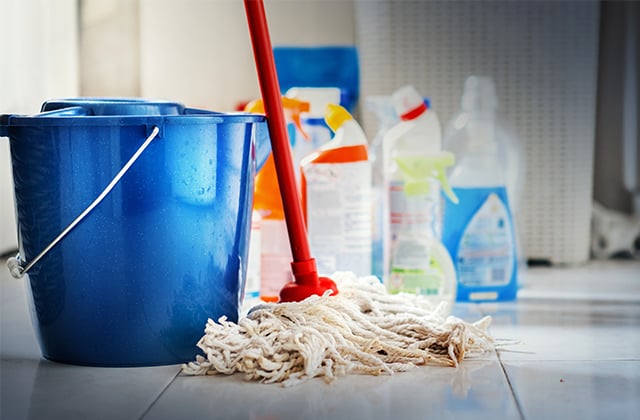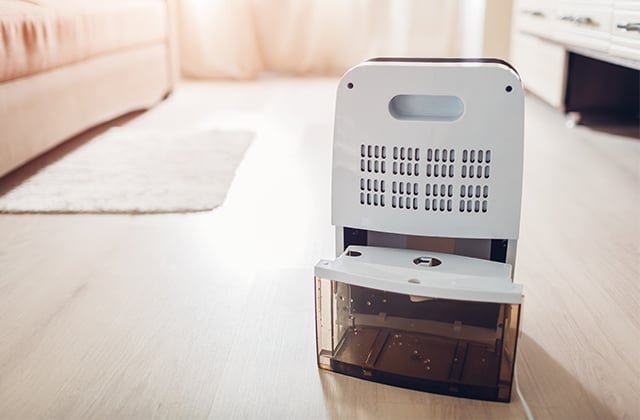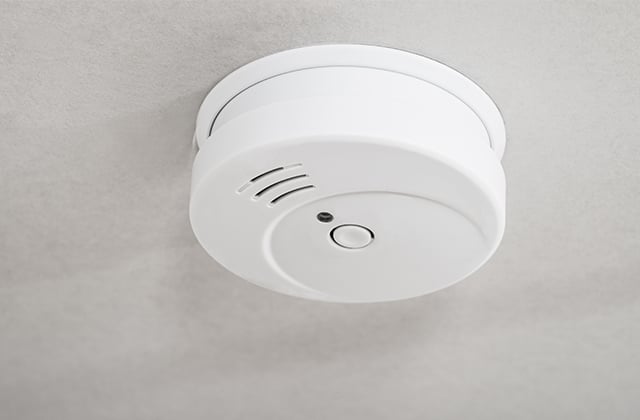Ventilate your home with a heat recovery air exchanger (HRV)
HRVs remove stale indoor air and replace it with fresh air from outside, distributing the cleaner air throughout the house. During the cold season, HRVs are able to recover 60 to 80% of the heat from the stale air and use the energy to preheat the incoming fresh air. The process is reversed during the cooling season to ensure indoor comfort year-round while saving you energy and money.
An HRV not only brings fresh air into your home, but it also helps to remove pollutants such as bacteria, moisture and moulds, and household chemicals from your indoor air. Most HRVs come equipped with HEPA filters which remove up to 99.97% of particles from the air that passes through them for even better air quality.
With an HRV, you'll no longer have to think about opening windows to aerate your home. During the summer, this will reduce dust and pollen infiltration, bringing relief to allergy sufferers. During the winter, it will reduce heat loss and save you on the costs of heating. Look for ENERGY STAR® certified HRVs among our ECO products to maximize your money and energy savings.























